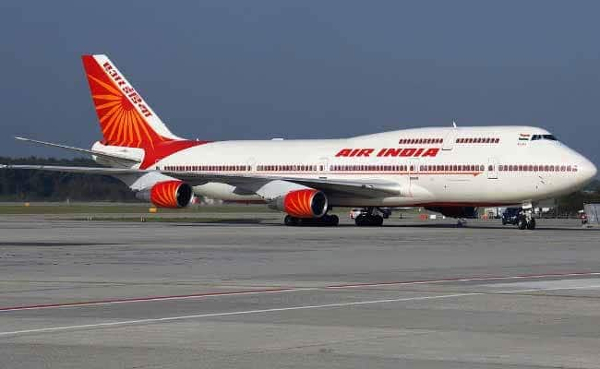NEW DELHI: The increased flying time for Air India nonstop between Delhi and UK and Delhi and North America since Afghan airspace closed on August 16 is going to reduce significantly with the airline deciding to fly over the mighty Hindu Kush range for the first time. This new routing will see Boeing 777s and 787s soaring over Tirich Mir (7,780 metres), the world’s highest peak outside the Himalaya-Karakoram range.
Since mid-August, nonstop flights on these routes, including PM Narendra Modi’s recent US journey on India One, have taken the longer route via south Pakistan below Afghanistan and then via Iran-Turkey instead of the shorter Pakistan-Afghanistan-Turkmenistan/Uzbekistan route. Now heading straight north towards Kashmir, over the Hindu Kush range and then the usual route to the west will mean less flying time for passengers and fuel saving for AI at a time when fuel prices are on fire.
“The flying time for north American nonstop flights will come down by up to 40 minutes and for the UK (London and Birmingham) by 20 minutes — almost like before the Afghan airspace closed,” said an airline source. “Our nonstops between Delhi and mainland Europe will continue to take the south Pakistan route for now as determined by our cost benefit analysis.”
The sources said that on the return from north America, an aircraft will save four tonnes of fuel (one tonne while going and three on return). On a return UK flight, the saving will be 2.5 tonne. At the moment, due to travel restrictions in the United States (likely to be lifted from early November), there aren’t too many daily flights, but AI will still save 30 tonne per week using the Hindu Kush route.
“At $800 per tonne of fuel, the weekly saving alone is $24,000, or around Rs 18 lakh at the current currency exchange rate,” confided a source. “When restrictions are lifted and we mount more flights to north America, the savings will multiply. Once the Afghan airspace reopens, we will resume the old route.” Canada, for instance, has just permitted nonstop flights from India and AI has resumed its direct Delhi-Toronto and Delhi-Vancouver services.
Carrying less fuel will mean more payload in terms of passengers and/or cargo. So, the benefit of say, four tonne less fuel will be double — lesser fuel and the differential amount in extra payload.
For the high terrain route, Air India has prepared through extra simulator drills, trial runs and special precautions. “This is the first time we will be taking the Hindu Kush route (technically called P500 and G500),” said a person in the know of things. “The Afghan airspace closure is a cost nightmare due to rising fuel prices. When we sat down to discuss how to beat this emerging crisis, the Hindu Kush route presented itself as the answer.”
Source: ToI
You may also like
-
Trade Connect E-platform For Exports Is Single Window, Fast, Accessible And Transformational: Shri Piyush Goyal
-
Dot Simplifies Approval Processes For Telecom Licenses And Wireless Equipment
-
Coal Production and Supply Trends on Positive Trajectory
-
Union Minister To Release Booklets On Promotion Of Indigenous Species & Conservation Of States Fishes
-
2nd India-Japan Finance Dialogue held in Tokyo on 6th September, 2024
